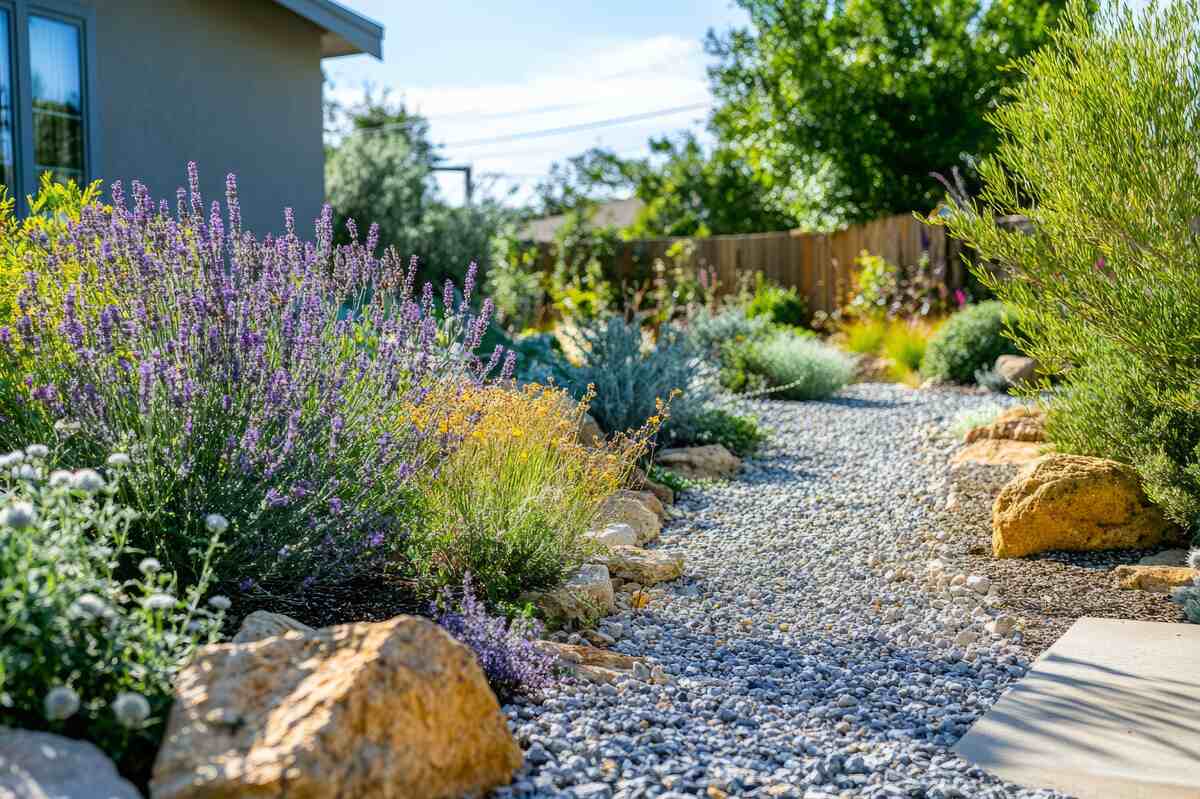
Milwaukee may not have a desert climate, but you can still use the methods associated with xeriscaping to save money and design your garden. Xeriscaping is great for those who prefer low-maintenance gardens.
In fact, Milwaukee’s weather patterns actually allow for xeriscaping as an easier way to keep sustained landscaping year round.
So with that in mind, here are 8 tips for xeriscaping in Milwaukee:
What is Xeriscaping?
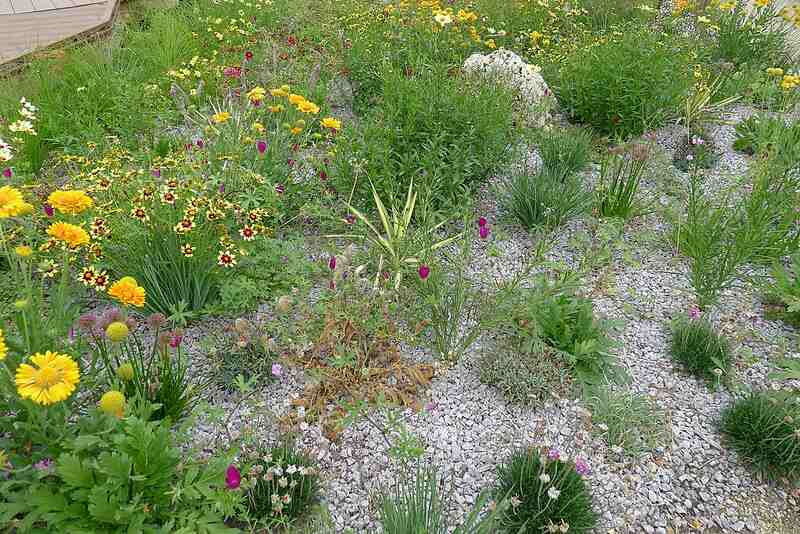
Xeriscaping, or xeriscape landscaping, is a form of landscaping for areas that are susceptible to drought or where water conservation is crucial. The word xeriscaping comes from the Greek word xeros, which means “dry,” so it essentially means dry landscape.
Don’t think you are only limited to using plants that thrive in desert climates. Xeriscaping allows those who aren’t in desert climates to use a wide variety of plants, but also relies on smart tactics to conserve water. Xeriscaping saves you money and also helps to ensure your plants aren’t overwatered. Overwatering plants kills them as easily as underwatering.
8 Ways to Xeriscape in Milwaukee
1. Reduce the Size of Your Lawn Grass Area
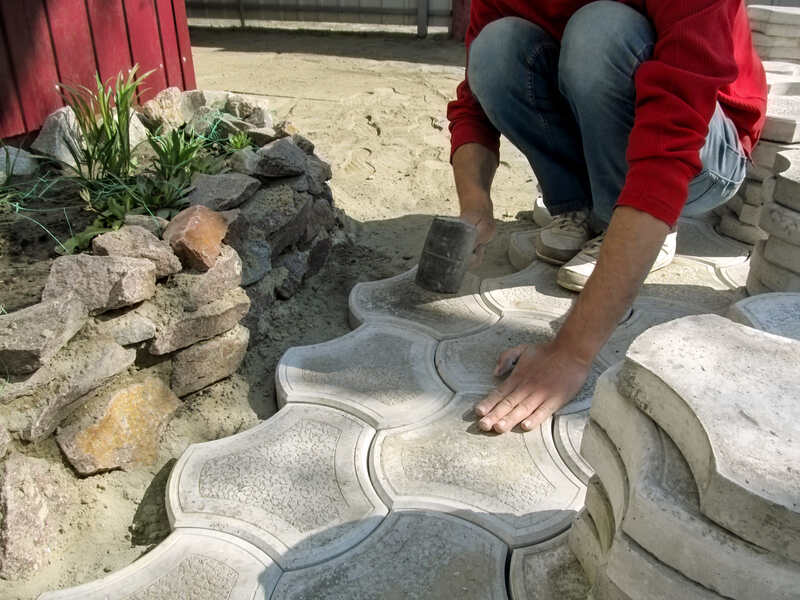
Grass is an offender against water conservation, so reducing the size of your lawn is a top tip for xeriscaping. How can you reduce your lawn size?
- Install a larger patio for seating and eating.
- Add a pond with rocks surrounding the pond, along with native grasses.
- Widen your existing landscaping with rocks or mulch.
- Build raised beds for your vegetable garden, if you have one.
Another option is to simply replace your grass with a type that demands less water. An example is tall fescue grass. Before you switch grass types, ensure that it grows well in your area. Tall fescue, for example, is one of the best grass seeds for Wisconsin.
2. Use Native Plants
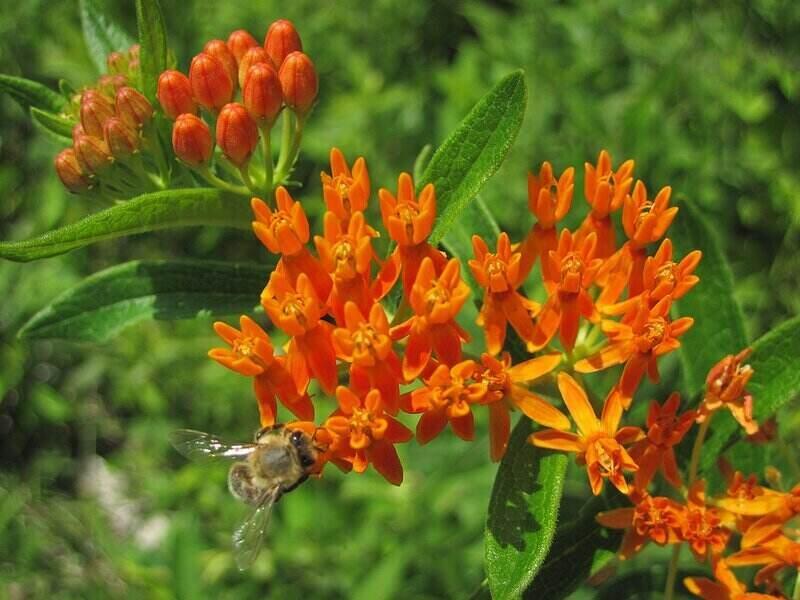
James St. John / Wikimedia Commons / CC BY 2.0
Using native plants reduces water consumption because they are adapted to our local Milwaukee climate and require less human-supplied water. Native plants are suited to our particular environment, so you can give them a good start by watering and feeding them. Then, leave them alone.
Another benefit of using native plants is that they attract local pollinating insects, birds, and other animals. These local animals seek these plants out as a food source and a natural shelter.
Milwaukee has a plethora of native plants that you might want to include in your xeriscaping. Here are some plants that are native to and thrive in the Milwaukee area.
- Prairie dropseed
- Little bluestem
- Butterflyweed
- Smooth aster
- Cream false indigo
- Purple coneflower
- Rattlesnake master
- Prairie blazingstar
- Wild quinine
- Ohio goldenrod
Read More: Best Native Plants for Milwaukee Yards
3. Group Plants Together
Put together plants that have similar moisture requirements. You can practice xeriscaping by considering the shady locations on your property. Do you have woodland areas? Use the mature trees on your property and plant native plants or plants that prefer shay with damp soil in that area. Place a layer of mulch over the area to retain even more water.
4. Pick Drought-Tolerant Plants
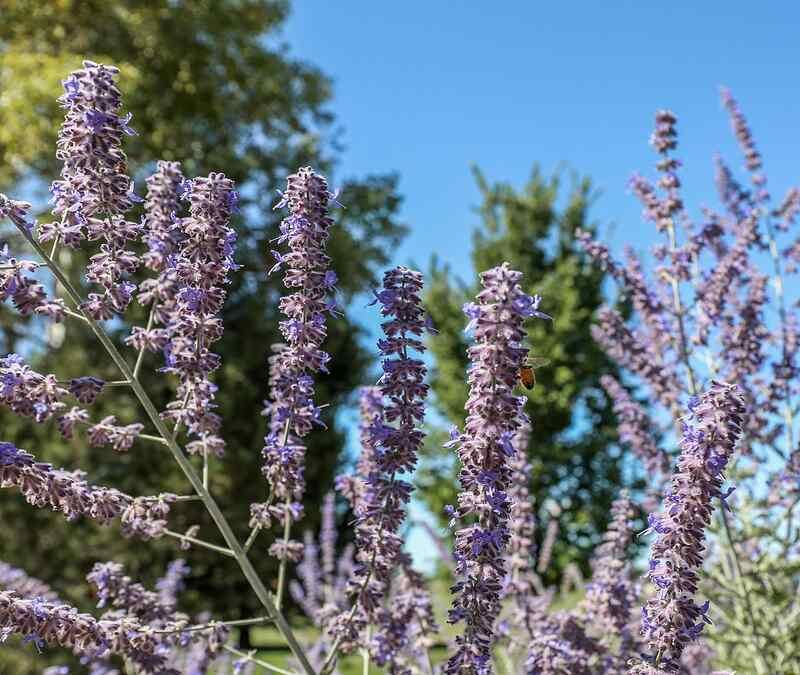
Photo Credit: Rationalobserver / Wikimedia Commons / CC BY-SA 4.0
Plants that work well with xeriscaping have low water requirements and handle drought conditions well. It is important to consider your location because a drought-tolerant plant in the North might suffer in a desert region.
Shrubs are great for those who have busy lifestyles and don’t want to take a lot of time to tend to their plants. Here are some shrubs that thrive in Milwaukee:
- Russian sage
- Butterfly bush
- Blue star juniper
- Lantana
- Barberry
- Virginia sweetspire
See Related:
Drought-Tolerant Landscaping Ideas
Drought-Tolerant Grasses for Your Yard
Drought-Tolerant Trees
5. Use Containers in Your Xeriscaping
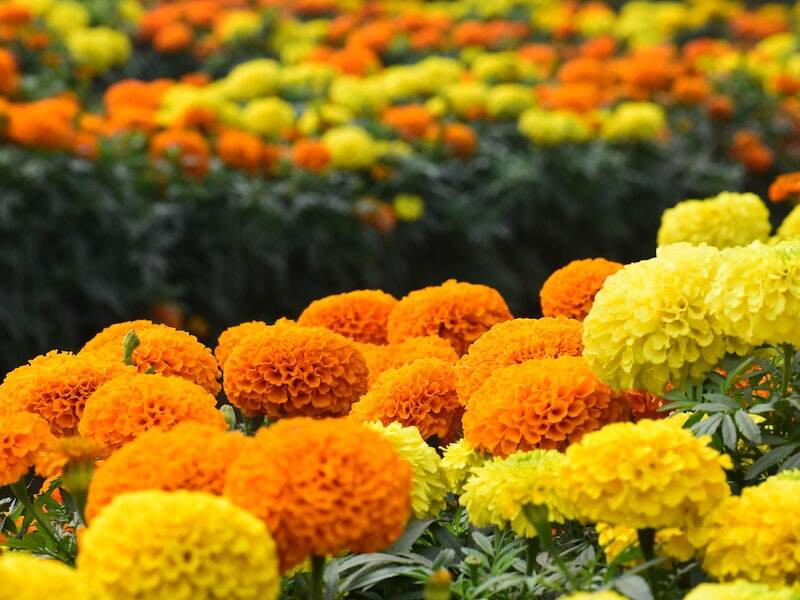
Photo Credit: Pexels
For those with limited space and limited budgets, container gardening is a great way to practice xeriscaping. Larger containers require less watering because the pot holds a larger amount of soil. Plastic and glazed clay pots retain water more than wood or unglazed pots.
Many plants thrive in containers and tolerate hot, drought conditions, including:
- Marigolds
- Zinnias
- Salvia
- Verbenas
- Yarrow
- Sedum
- Artemisia
See Related: How to Build Container Gardens
6. Improve Your Soil Quality
To ensure you conserve the most amount of water possible, work toward improving your soil quality. You want soil that drains well, while retaining the right amount of moisture needed to sustain the plants’ lives. Most drought-tolerant plants don’t like soggy, poorly-draining soils.
Improving your soil quality isn’t difficult. Try laying several inches of organic material, such as shredded leaves or compost, on the area and work it into the top 6 to 8 inches of soil.
7. Learn How to Water Correctly
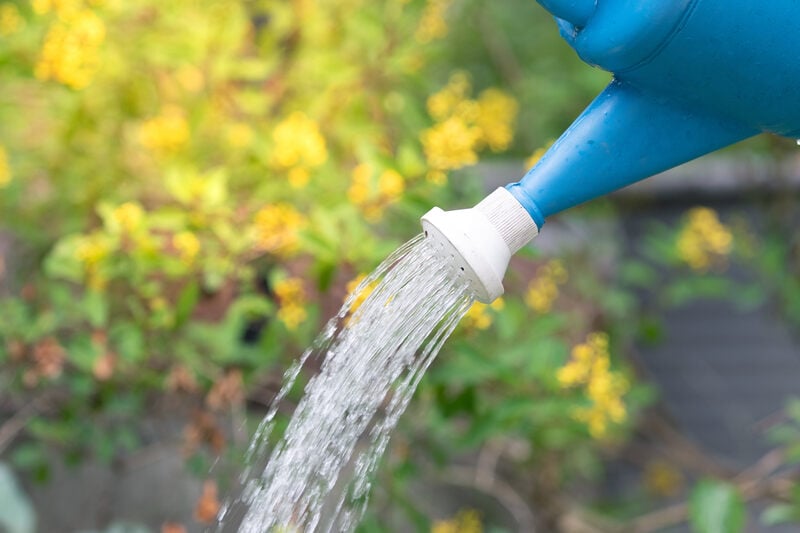
While the goal is to conserve water, there are times when a drought is so severe that you need to give your plants a drink to keep them alive. When needed, don’t drag out your hose.
Using a watering can and aim at the soil level where the roots are located. Don’t pour the water over your leaves. Wet leaves can burn in the scorching sun, but watering above the plant is an inefficient method. The water evaporates off the leaves rather than soaking into the ground, as it should.
You also can install a drip irrigation system to water right at the soil level for more efficiency. It is more economical than a regular hose or a sprinkler.
8. Build a Dry Stream
A dry stream is a beautiful way to catch runoff water. It looks like a decorative feature – because it is – but it also has a practical purpose in your yard. Dry streams incorporate natural rocks and address poor drainage issues that will collect rainwater and let it enter the ground slowly.
Not only do dry streams allow you to use the water you have available to you appropriately, but it also eliminates more lawn that requires water. Dry streams are a lovely feature for any garden, inviting you to sit down and relax.
Xeriscaping doesn’t have to be just cacti plants. Your landscaping can incorporate native Milwaukee grass types, flowers, and shrubs. Use these tips to help reduce your water consumption, save you money, and ensure you don’t need to spend hours each week taking care of your landscape.
For more information about how to create an eco-friendly garden, visit our Milwaukee landscaping page. In addition to Milwaukee, we provide landscaping services to the Midwest in cities including, Madison, WI, Chicago, Grand Rapids, MI, and Detroit.
Feature image source: Sladjana / Adobe Stock generated with AI





